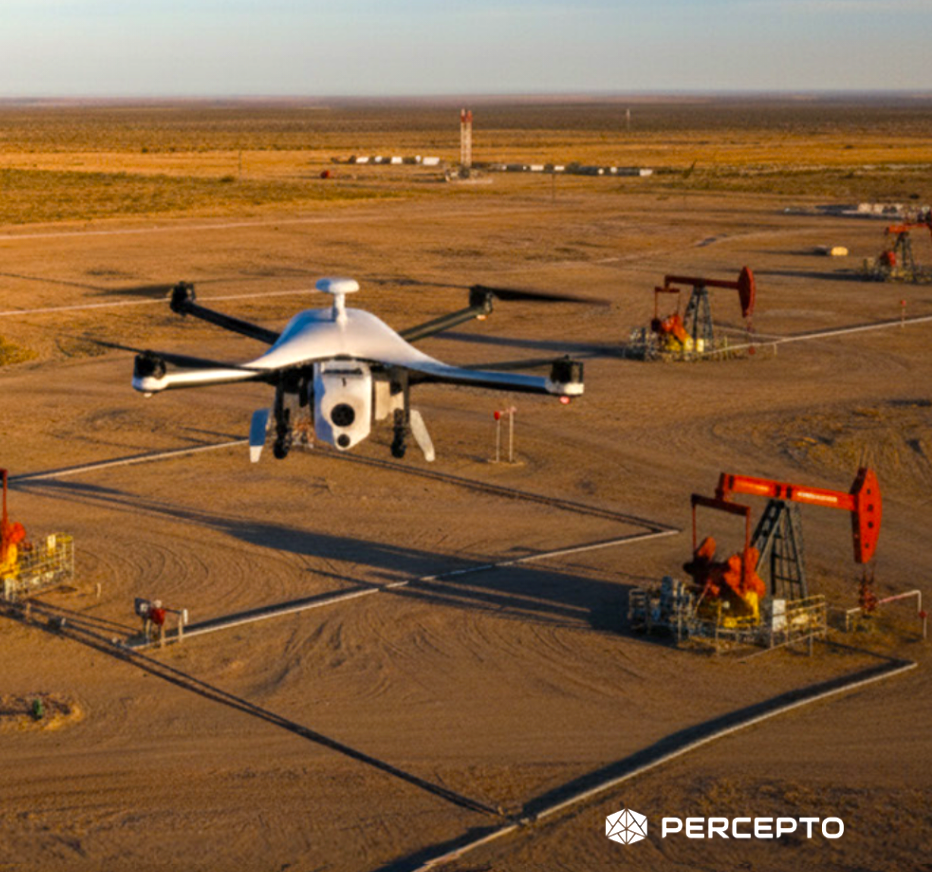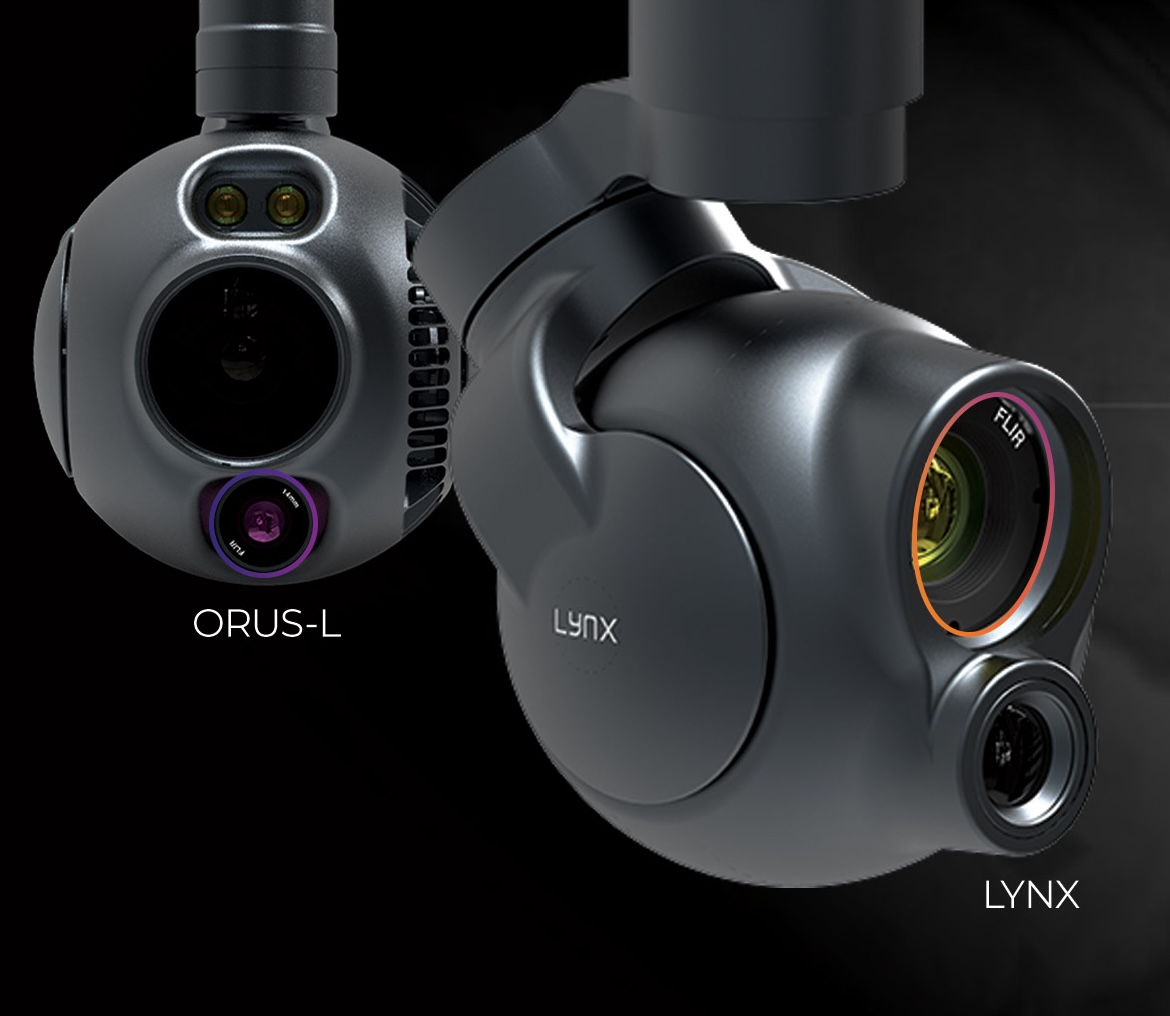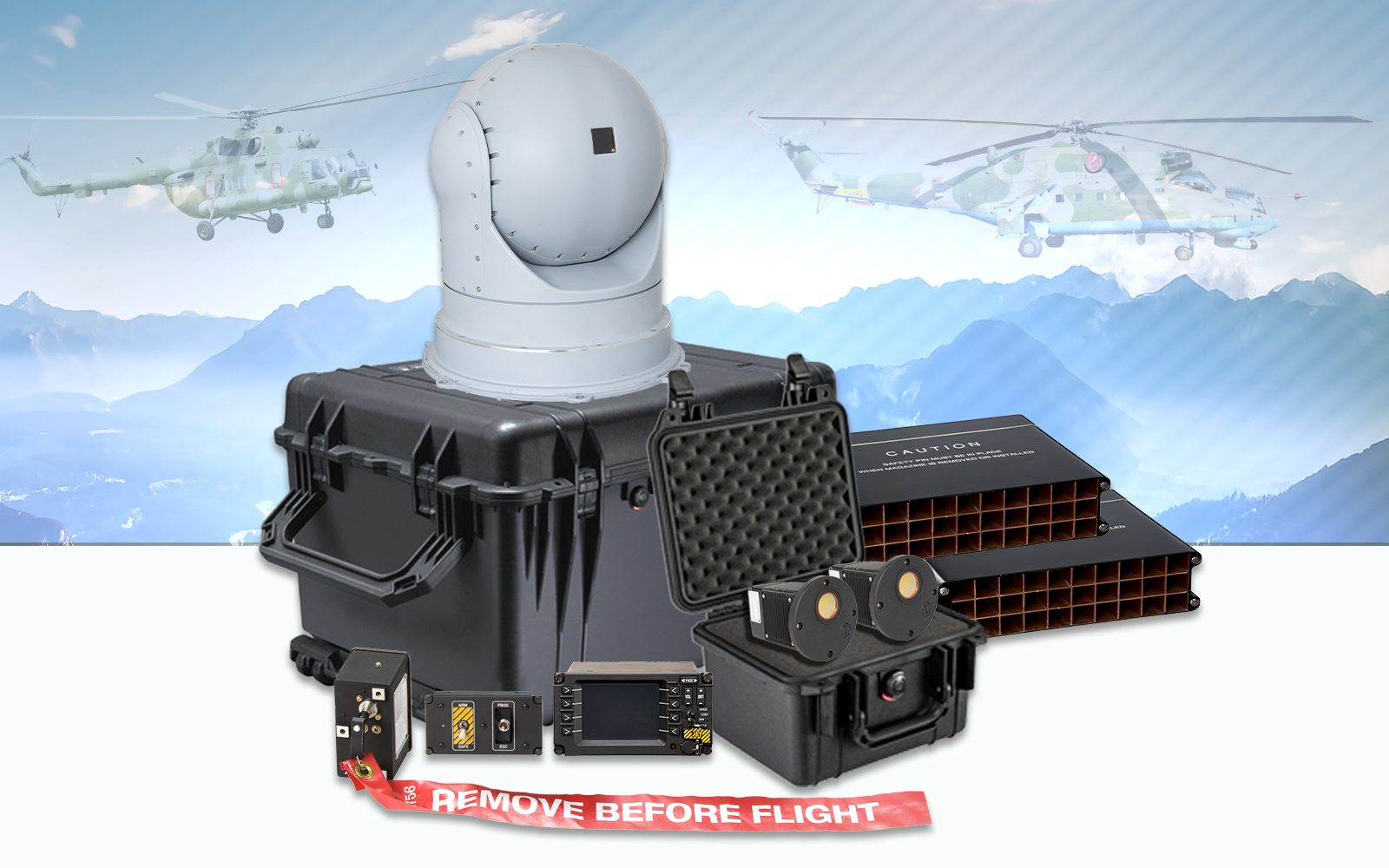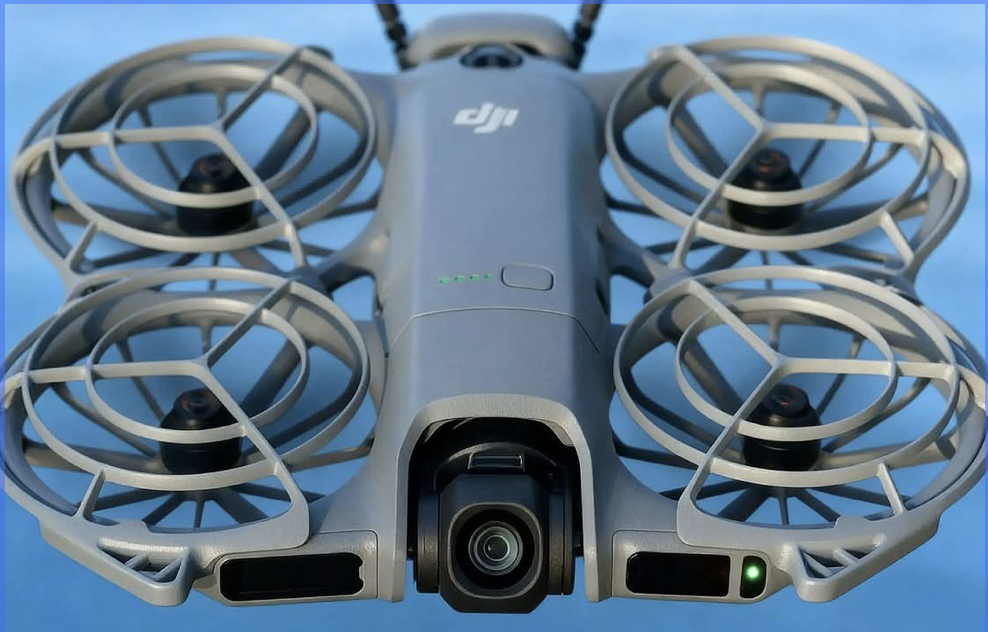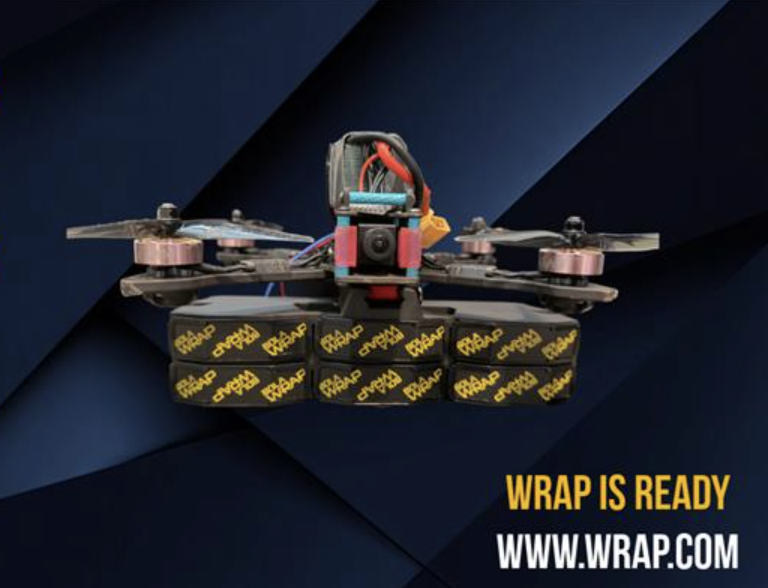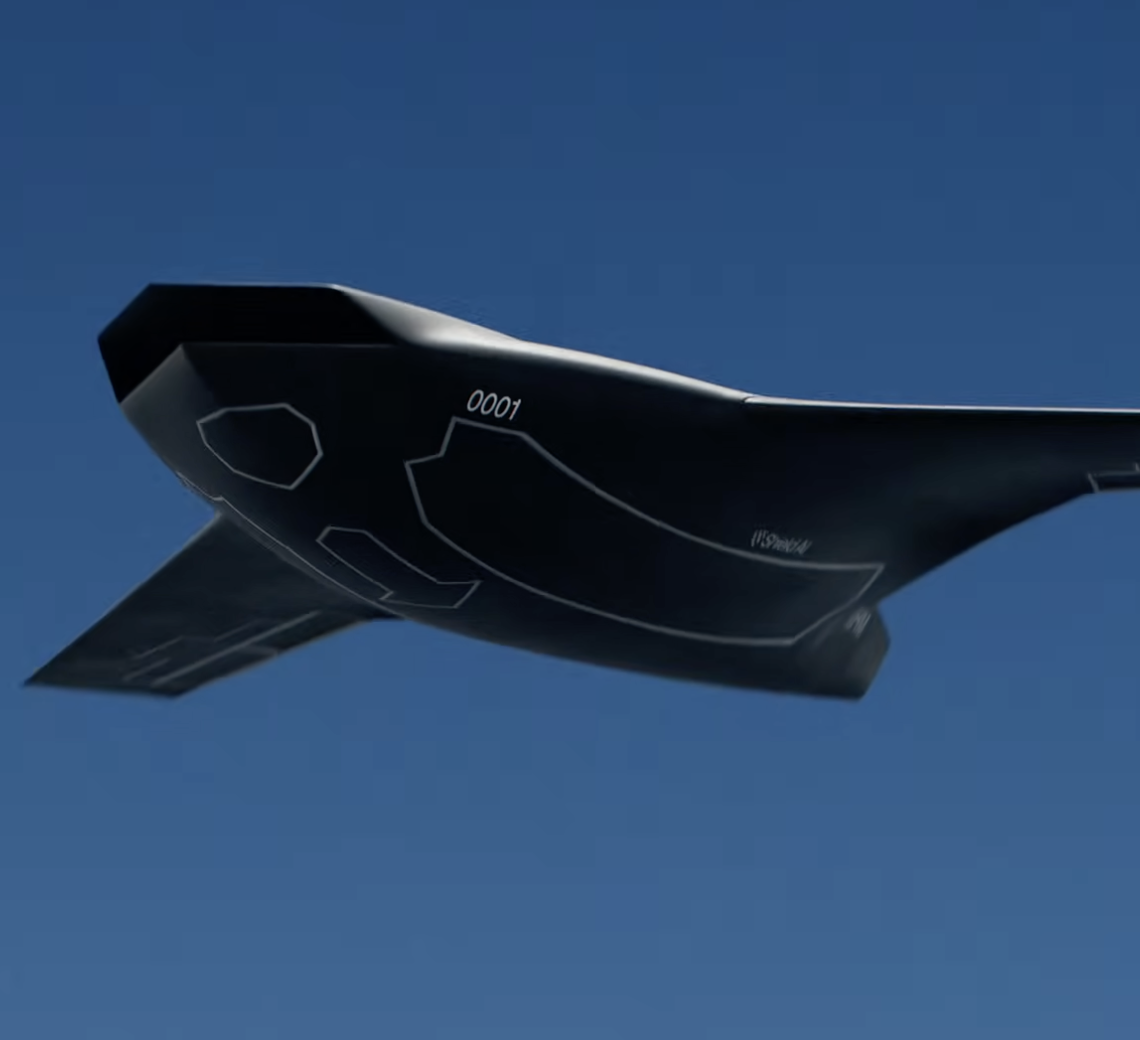Featured NewsTrending NewsNew Column! Commanding the Skies
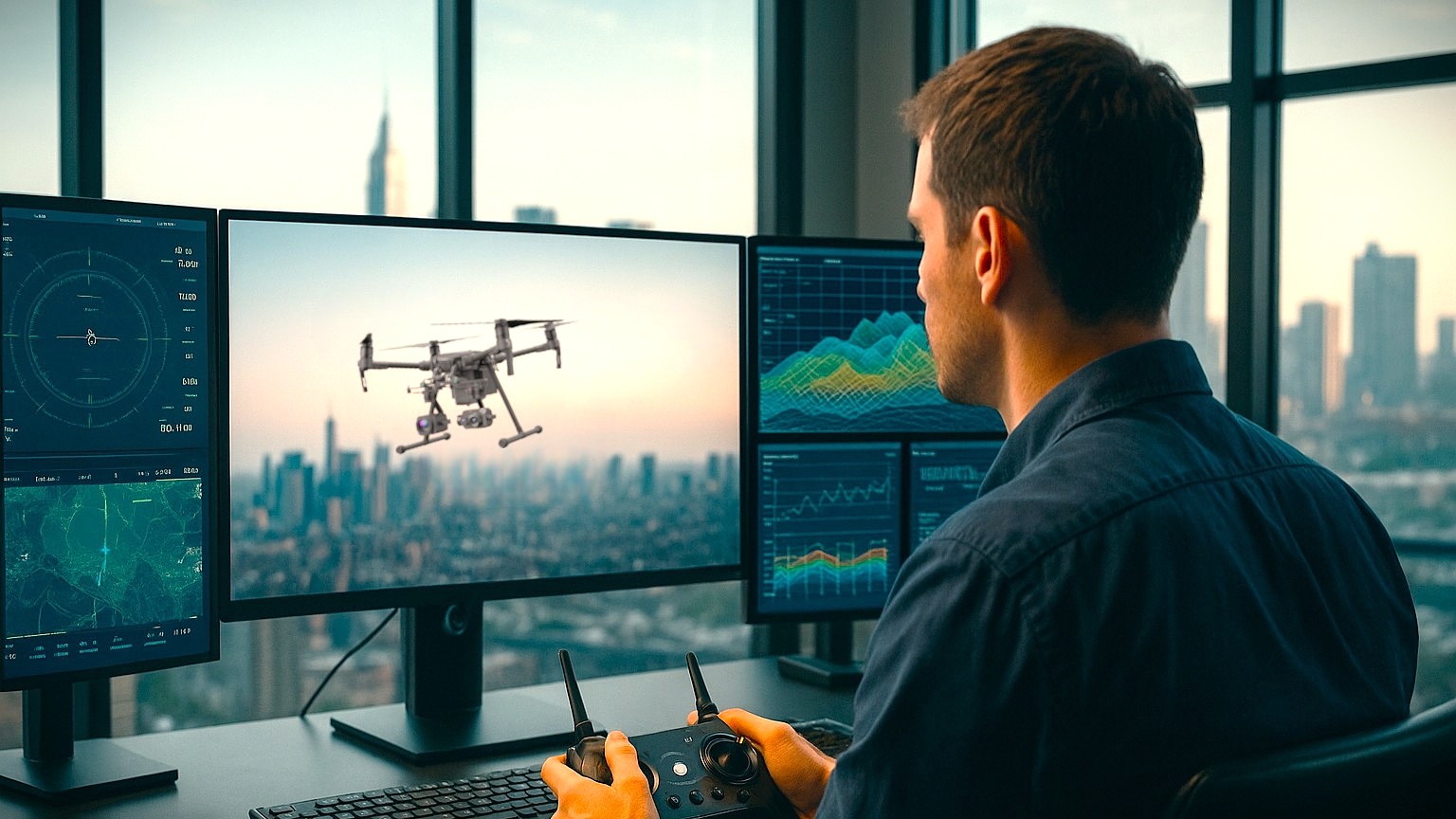
03 November 2025
By Frank J. Segarra
In this column, we will examine the Intersection of Aerial Robotics, Operational Excellence, and Enterprise Integration in the New Era of Unmanned and Robotic Flight.
Over the past decade, unmanned aerial systems (UAS) have evolved from specialized tools for hobbyists and early adopters into enterprise-grade instruments of precision, data intelligence, and operational efficiency. Today, aerial robotics and automation are not fringe technologies—they are essential components of an evolving industrial ecosystem where data, not just flight, defines success.
We have entered an era where commanding the skies means more than piloting drones; it means orchestrating an integrated network of autonomous systems, AI-powered analytics, and mission-ready workflows designed to enhance decision-making at every level of the enterprise.
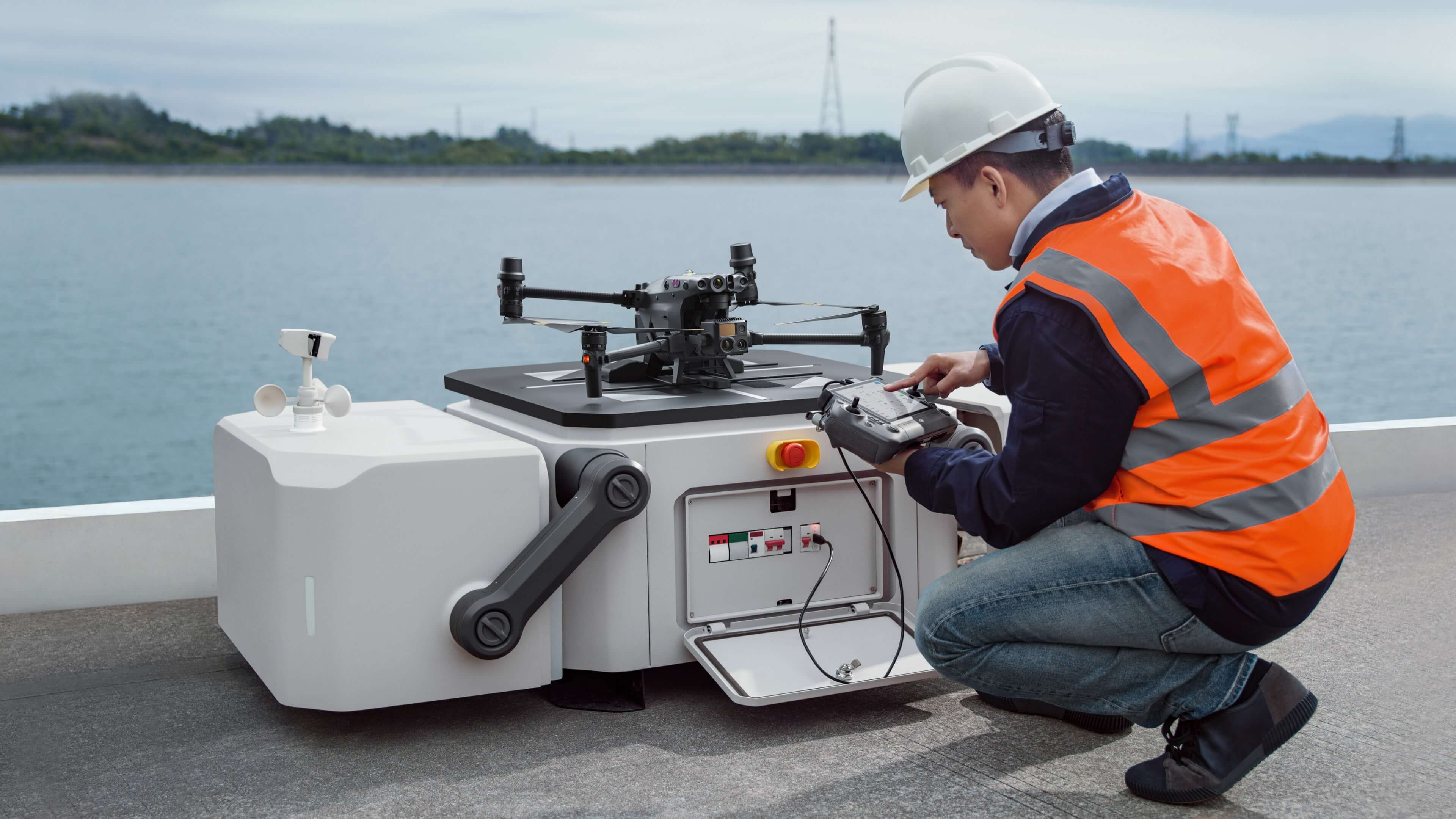
The Shift from Flight to Function
Early UAS adoption was driven by visual novelty—capturing stunning aerial footage or performing basic photogrammetry. Those days are behind us. The modern enterprise does not need more images; it needs answers.
Today’s aerial robotics platforms—equipped with LiDAR, thermal imaging, hyperspectral sensors, and SLAM-enabled confined space UAV inspection platforms—are extensions of the corporate nervous system. They collect multi-dimensional data that informs structural integrity assessments, energy audits, volumetric calculations, and predictive maintenance cycles. The paradigm has shifted: UAS are no longer tools for observation; they are instruments for transformation.
For construction managers and infrastructure executives, drones now serve as real-time translators between the field and the office, delivering data that fuels digital twins, AI-driven safety reports, and asset management systems. For civil engineers, architects, and construction management firms, they offer centimeter-grade models that can be cross-referenced against design tolerances, or what some in the industry refer to as BIM, or Building Information Modeling. For the C-suite, they represent a cost-control and risk-reduction mechanism that compounds over time.
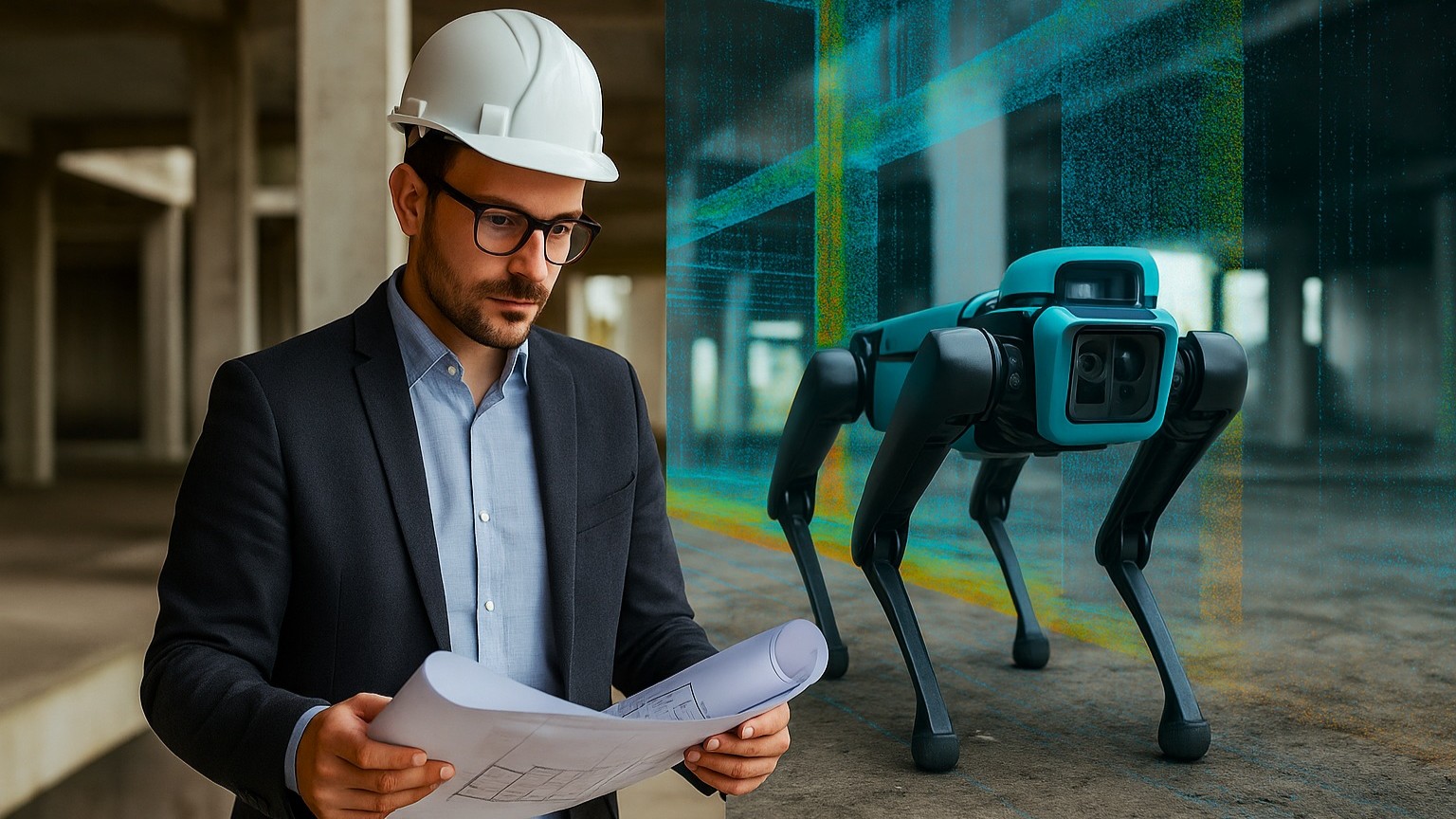
Operational Excellence: Where Robotics Meet Reality
Operational excellence in the drone industry is not defined by who can fly higher or faster—it is about who can execute repeatable, compliant, and scalable operations. That means standard operating procedures (SOPs), risk-assessment frameworks, and mission logs that align with aviation safety, OSHA compliance, and data integrity standards. It means establishing a culture of process discipline and technological redundancy—ensuring every mission, whether it is an automated façade inspection or a submersible tank survey, is executed with precision and accountability.
Consider the analogy of a musical orchestra: every instrument (or in this case, every platform—UAS, ground rover, submersible robot) must be tuned, synchronized, and conducted according to the same score. The pilot becomes the conductor; the mission plan, the sheet music; and the data, the symphony of actionable intelligence.
Leading companies have recognized this, moving toward autonomous drone-in-a-box systems capable of executing scheduled flights, charging themselves, and feeding data directly into cloud analytics engines. These systems are not replacing pilots; they are augmenting them—freeing human expertise for the interpretation of intelligence rather than its manual collection and analysis.
Integrating UAS Into the Enterprise Ecosystem
For many organizations, the leap from "using drones" to operationalizing aerial robotics remains their biggest challenge. Integration is where the vision often falters. To succeed, enterprises must view UAS not as an isolated asset, but as a node within a broader digital infrastructure.
That means seamless interoperability with:
- BIM and GIS platforms (e.g., Autodesk, ArcGIS, Trimble Business Center)
- Enterprise resource planning (ERP) and project management systems
- AI analytics engines capable of anomaly detection and trend analysis
- Safety and compliance databases for automated recordkeeping
Integration transforms one-off missions into scalable programs. It ensures that flight data becomes corporate intelligence—stored, searchable, and strategically valuable. This is where visionary leadership is required. C-level decision-makers must move beyond short-term ROI and recognize UAS as part of a long-term digital transformation initiative, comparable to the adoption of cloud computing a decade ago. Those who integrate early will lead; those who wait will find themselves renting technology from competitors who have already done so.

Overcoming Skepticism: Addressing Common Counterarguments
Even in 2025, some decision-makers remain cautious. Their hesitations usually fall into three categories: cost, complexity, and compliance.
Cost. Skeptics argue that UAS programs are expensive to launch and maintain. The reality is the inverse. When viewed through the lens of total cost of ownership, drones replace multiple traditional workflows, including scaffolding inspections, helicopter surveys, manual mapping, and rope-access evaluations. Each replaced task represents thousands in savings and exponential gains in safety.
Complexity. Yes, integration requires training, hardware selection, and workflow re-engineering. However, so did CAD when it replaced drafting tables. Early adopters found a competitive advantage through standardization and skill development. The same holds for UAS—complexity is a short-term challenge with long-term payoff.
Compliance. Concerns about FAA regulations, privacy, and data security are valid but solvable. The FAA's evolving framework (Remote ID, BVLOS waivers, and operational risk assessments) increasingly supports enterprise use cases. With proper documentation, UAS compliance becomes a differentiator, not a liability.
In other words, the barrier to entry has never been lower—and the cost of inaction has never been higher.

From Data Collection to Data Intelligence
Raw drone data is like crude oil—valuable only once refined. Enter AI-driven analytics and cloud-based processing pipelines. Today’s leading drone service providers and engineering firms are deploying machine-learning algorithms that can detect corrosion, measure deformation, flag heat anomalies, and even predict future failures based on trend modeling.
This is not science fiction; it is already happening in sectors like:
- Energy: Automated flare stack analysis and leak detection
- Transportation: Rail and bridge deformation mapping
- Construction: Progress analytics against schedule baselines
- Building Envelope: Thermal loss detection and moisture mapping
- Confined Space: SLAM-based 3D models of tanks and tunnels
The real power lies in turning every flight into a data asset—part of a growing archive that informs future projects, predictive maintenance, and even corporate ESG (Environmental, Social, and Governance) reporting. The "Environmental" aspect encompasses issues such as carbon emissions and waste, the "Social" aspect addresses employee and community relations, and "Governance" deals with leadership and corporate policies. In essence, every drone becomes a sensor in a larger ecosystem of industrial intelligence.

The Rise of Hybrid Robotics: Air, Land, and Submersible Systems
As UAS technologies mature, boundaries between aerial, terrestrial, and aquatic robotics continue to blur. The next evolution is not just about commanding the skies—it is about commanding every dimension of the inspection environment.
Submersible drones now inspect submerged structures, while terrestrial rovers equipped with LiDAR navigate tunnels and tanks. Together, these systems form an interconnected triad of robotic capability—collecting data where humans cannot or should not go. This shift toward hybrid robotics mirrors what happened in enterprise automation decades ago: integration breeds efficiency, efficiency breeds insight, and insight drives innovation. The companies that master this integration—those who can combine UAS, ROV, and AI analysis into a single operational ecosystem—will define the next frontier of industrial intelligence.

The Human Element: Training, Trust, and Transformation
Despite the narrative of automation, people remain at the center of this revolution. No matter how advanced a platform becomes, human judgment and experience remain irreplaceable.
Pilots must evolve into data interpreters, safety stewards, and operational strategists. Project managers must learn to leverage drone data as part of a dynamic decision-support system. Executives must foster a culture that embraces innovation, not as a novelty, but as a core competence. Training programs, credentialing systems, and knowledge-sharing communities (such as ASTM, AUVSI, or FAA Safety Team partnerships) are crucial to maintaining both skill relevance and operational trust.
Automation without human oversight can lead to complacency; however, with it, we achieve a new standard of excellence that combines human intuition with machine precision.
Strategic Outlook: The Next Decade of Commanding the Skies
The coming decade will redefine the term pilot. In the near future, command centers will oversee fleets of autonomous drones executing coordinated missions across thousands of miles. AI will dynamically assign flight paths based on weather, airspace data, and operational priorities. Cloud dashboards will provide live feeds, analytics, and automated reporting in real time. However, the fundamental transformation will not be technological—it will be organizational.
Enterprises that treat aerial robotics as an integrated component of their digital infrastructure will lead the next wave of industrial modernization. Those that silo drone programs as one-off initiatives will lag, much like companies that ignored early cloud or AI adoption. Commanding the skies, therefore, is not about control—it is about coordination, convergence, and confidence in technology's ability to elevate human decision-making. The sky is no longer the limit; it is the beginning of a broader digital ecosystem—one where UAS, robotics, and AI converge to redefine the built environment.

Final Thoughts: The Imperative of Awareness
For drone pilots, engineers, and executives alike, awareness is the catalyst for success. Understanding the strategic implications of aerial robotics is not optional—it is existential. Whether you operate a single inspection drone or manage a national program, the mission is clear: evolve from data capture to data command. Because in this new age of unmanned and robotic flight, those who command the skies will command the future.



